Voltage monitor relay connection:
This Diagram shows the voltage monitor relay connection. In this circuit, we use a VMR Relay, a magnetic contactor with overload, two switches, two SP MCBs, and 3 phase single-phase motor. This circuit diagram is very simple and easy to make. If you want to know more details about this circuit please check our youtube video below the post. Please stay with our website for more updates about electrical electronics and robotics projects gadgets and circuits.
Advertisements
Components needed For this Project:
You can get the components from any of the sites below:
- Magnetic Contactor 40A [See Buy Click Amazon]
- Motor Protector Overload [See Buy Click Amazon]
- SP MCB 10A [See Buy Click Amazon]
- Voltage Protection Relay [See Buy Click Amazon]
- Push Button NO Switch [See Buy Click Amazon]
- Push Button NC Switch [See Buy Click Amazon]
- 3 Phase Motor (5 HP) [See Buy Click Amazon]
*Please note: These are affiliate links. I may make a commission if you buy the components through these links. I would appreciate your support in this way!
Advertisements
Components used to make the Voltage monitor relay connection:
A magnetic contactor is an electromagnetic switching device. It is generally used for controlling 3-phase Motors. The operation of a magnetic contactor is similar to that of a Relay. but a relay is used for low-power or low-voltage connections, and a magnetic contactor is used for high-power or high-voltage connections. As soon as the supply is applied to the magnetic contactor coil. its normally open contacts are closed and normally closed contacts are opened and the associated devices are also operated. This is how a magnetic contactor works.
02. SP MCB:
In single-pole MCB, Switching and protection are Affected in only one Phase. Single phase supply to break the phase only. A single Pole breaker is Typically used with 120-volt Circuits, and a 6-20 amps Miniature Circuit Breaker. They are constructed with one Line Wire and one Neutral wire. A Single Pole switch is the most basic General-Purpose switch that you use to Control a light or another device from one location. These Switches have 2 Brass-Colored screw Terminals Connected to the hot Power source wires. Pole refers to the number of Circuits Controlled by the Switch SP Switches Control only one Switch Electrical Circuit.
Voltage Monitoring Relay Protection of 3 Phase Devices against Over Voltage. Under Voltage, Single Phasing, Reverse Phasing & Unbalance Supply are the Major Issues in Electrical Systems. For The safe Running of 3-phase Devices, Special Protections That keep a Continuous Watch on Supply Conditions are very essential. The Major Cause of Maximum Load Burn-out is Overloading Which Occurs due to unbalanced supply, single-phasing, and reverse-phasing conditions.
04. Start Button:
NO (Normally Open) Terms Refer to a Type of Dry Contact or Wet Contact. A Push to Make Switch Allows Electricity to flow Between its 2 contacts when held in. When the button is released, the Circuit is broken. This type of Switch is also known as A Normally Open (NO) Switching system. As its name implies, a Normally Open (NO) Switch Contact or “a Contact” is a Switch. Put very simply, a Normally Open Sensor will have no Current When in a Normal State But When it Enters an Alarm State it will have +5V applied to the Circuit.
An NC (Normally Closed) Push Button is a Push Button That, In Its Default State, Makes Electrical Contact With The Circuit. An NC (Normally Closed) Push Button is a Push Button that, in its Default State, Makes electrical Contact With the Circuit. When The Button Is Pressed Down, The Switch no Longer Makes Electrical Contact And The Circuit is Now Open. When The Button is Not Pressed, Electricity Can Flow, But When it is Pressed The Circuit is Broken. This type Of Switch is Also known As a Normally Closed (NC) Switch.
06. Three Phase Motor:
A 3-phase electric motor uses a 3-phase Power Supply to Convert Electric Energy into Mechanical Energy. It contains four Wires (Three hot Wires and one Neutral Wire) and Uses 3 Alternating Currents of the Same Frequency. Since it Generates a Rotating Magnetic Field, it does not need a Capacitor for the Startup. Some 3-phase Motors are Reversible, Which Means they can serve as Generators by Turning Mechanical Energy into Electrical Energy.
Overload Protection is Protection Against a Running Overcurrent That Would Cause Overheating of The Protected Equipment. Hence, An Overload is Also a Type of Overcurrent flow. Overload Protection Typically Operates on an Inverse Time curve where the Tripping Time Becomes less as the Current Increases. This Overload Protector is an Essential Component for Many Sockets Power Systems. The Top-Quality Overload Protector can Effectively Protect Electrical Products from Power Surges.
Thank You for visiting the website. Keep visiting for more Updates.
Frequently asked questions
The Voltage Monitor Relays monitor either AC single phase (50-60Hz) or DC of the voltages to protect equipment from Undervoltage and overvoltage fault conditions. The relays could be used as either overvoltage or undervoltage relays, depending on the output of the contact used.
A Monitoring Relay is a protective control device. The basic functions are to receive input signals, monitor and determine them, or output an alarm signal if a set value (threshold) is reached.
A high-voltage ground monitor is a specialty type of monitor used in high-voltage systems. The goal of these monitors is to detect changes in ground resistance and to provide a tripping circuit diagram breaker when the system reaches unacceptable levels.
A line voltage relay is an isolation relay that uses line voltage as the wetting of the voltage to operate the input of the pulse isolation relay.
The Low Voltage Alarm detects when the battery of the voltage drops below a threshold, and remains low for 120 seconds. At that time, a relay is operated, which may be connected to the low-voltage indicator or alarm. Available for either 12 or 24V electrical systems.
Read more Single Phase Wiring
What is a kilowatt-hour (kWh) | kwh formula | What does kwh mean
Introduction to Electrical Units and CircuitskW and kWh on your electricity bill As your home uses electricity during...
What is the Difference Between kVA | What does KVA mean | kVA formula
Difference Between KVA ExplainedWhat does KVA Mean? There are technical terms aplenty when it comes to generators, and...
Power Factor | Power Unit | Energy | Electricity Unit
Power factor definition | Calculating Power FactorPower Factor Values In a purely resistive circuit, the power factor...
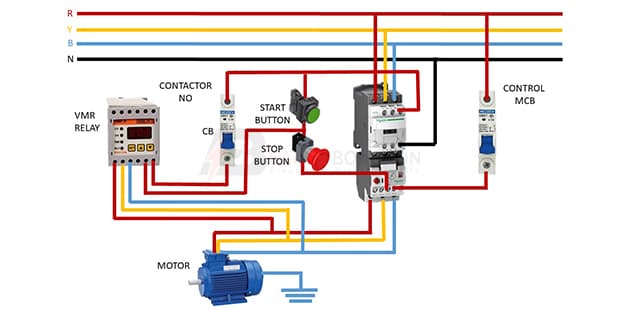

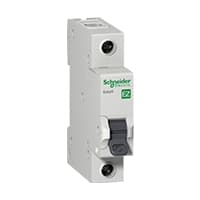
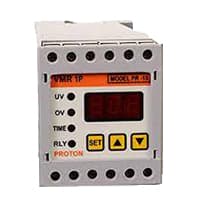
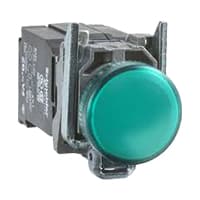
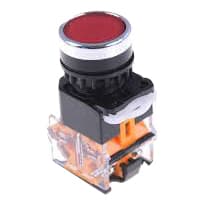
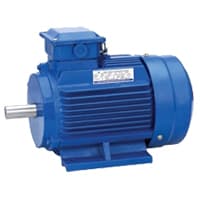
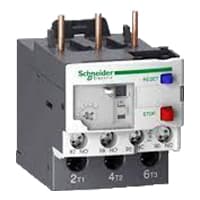
0 Comments